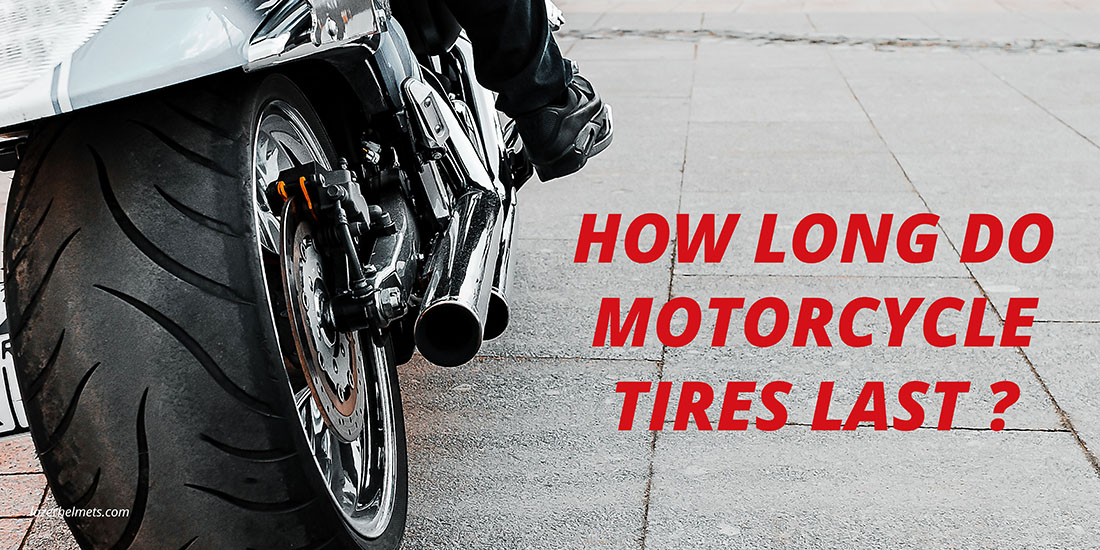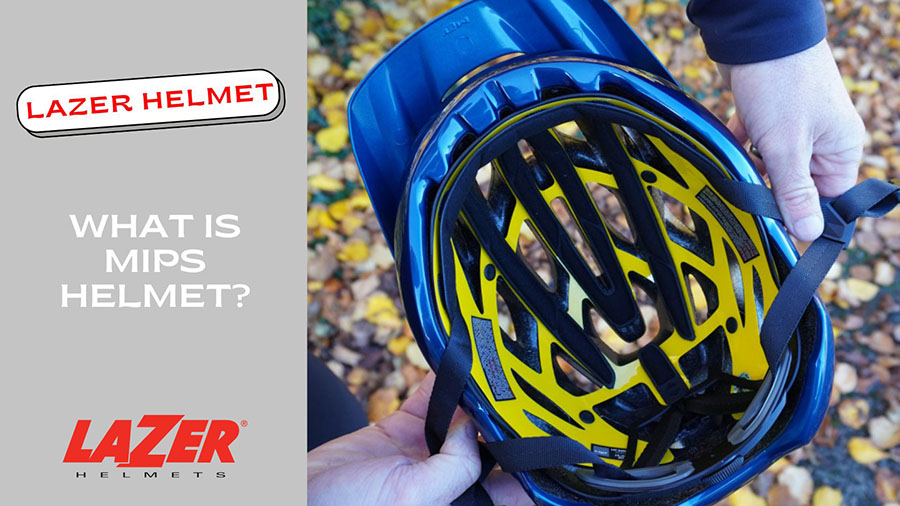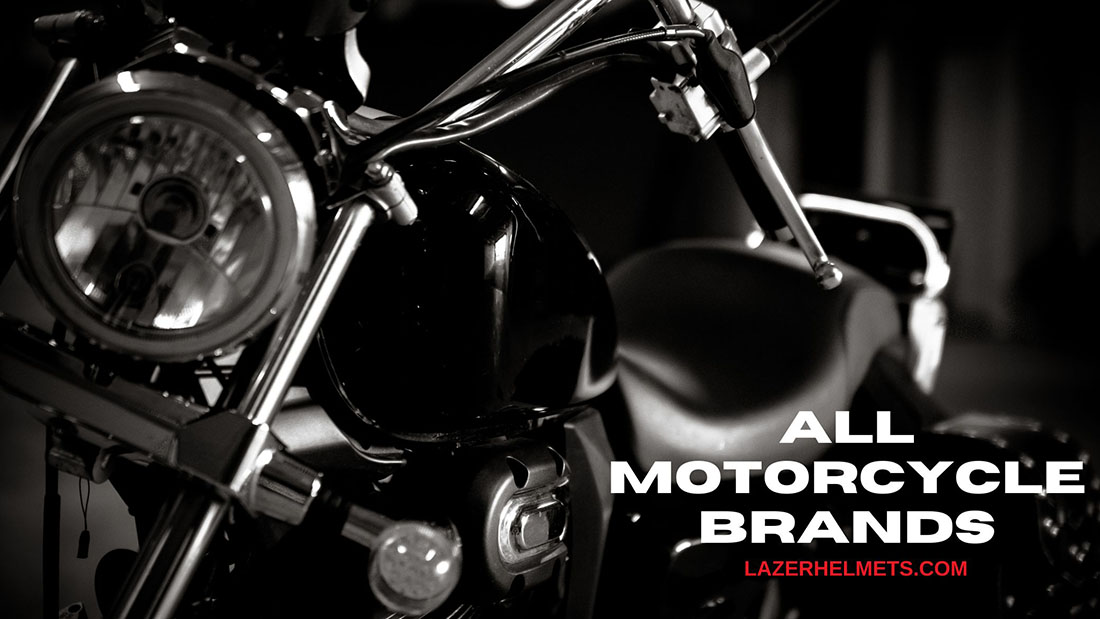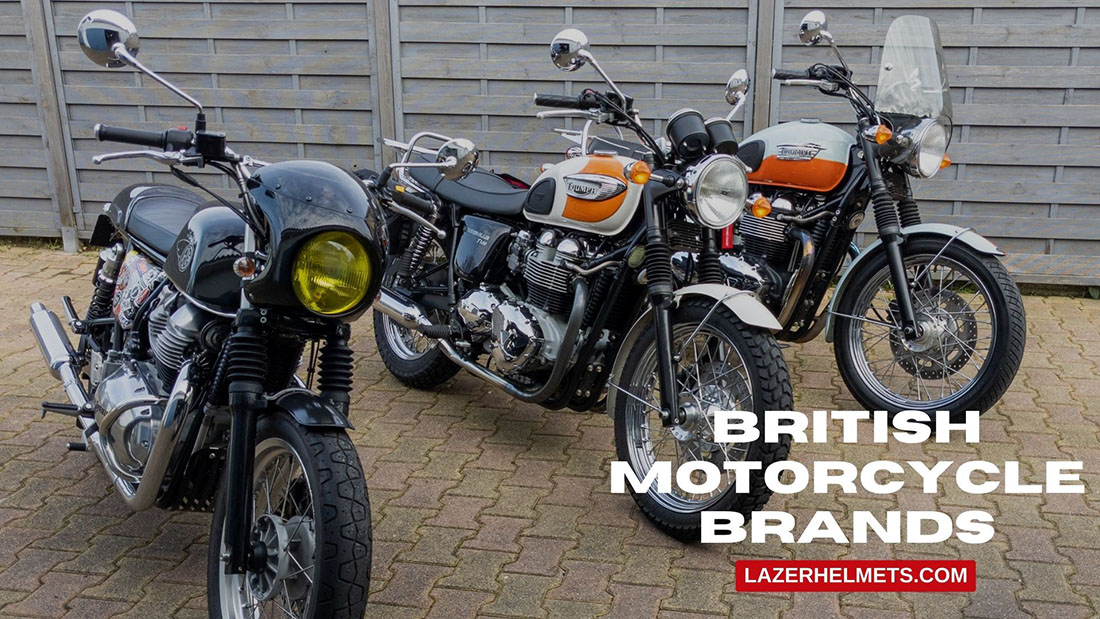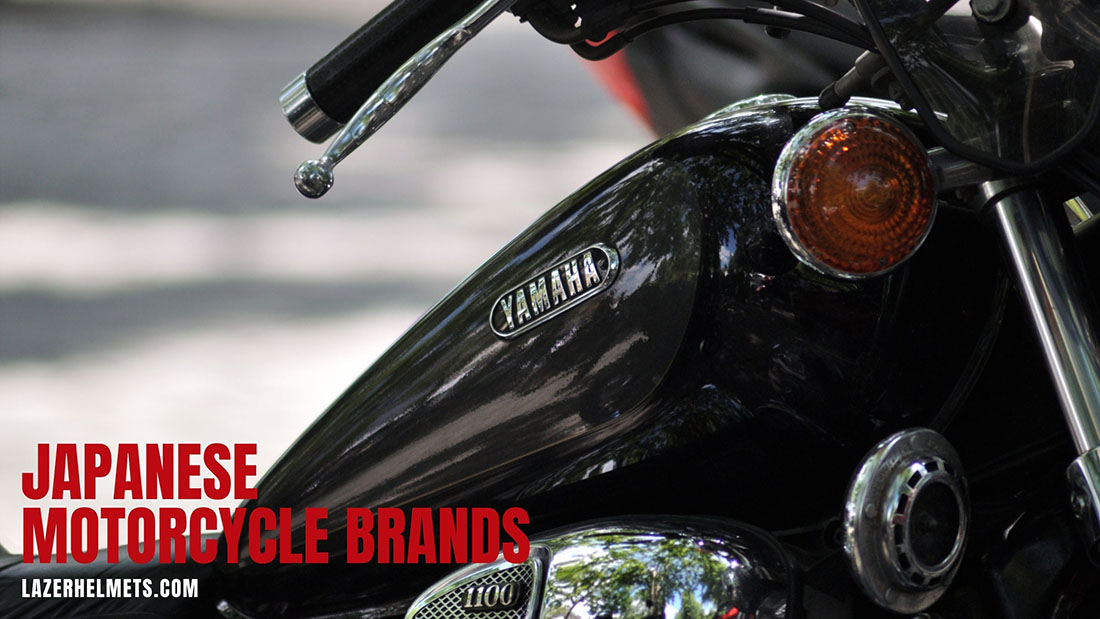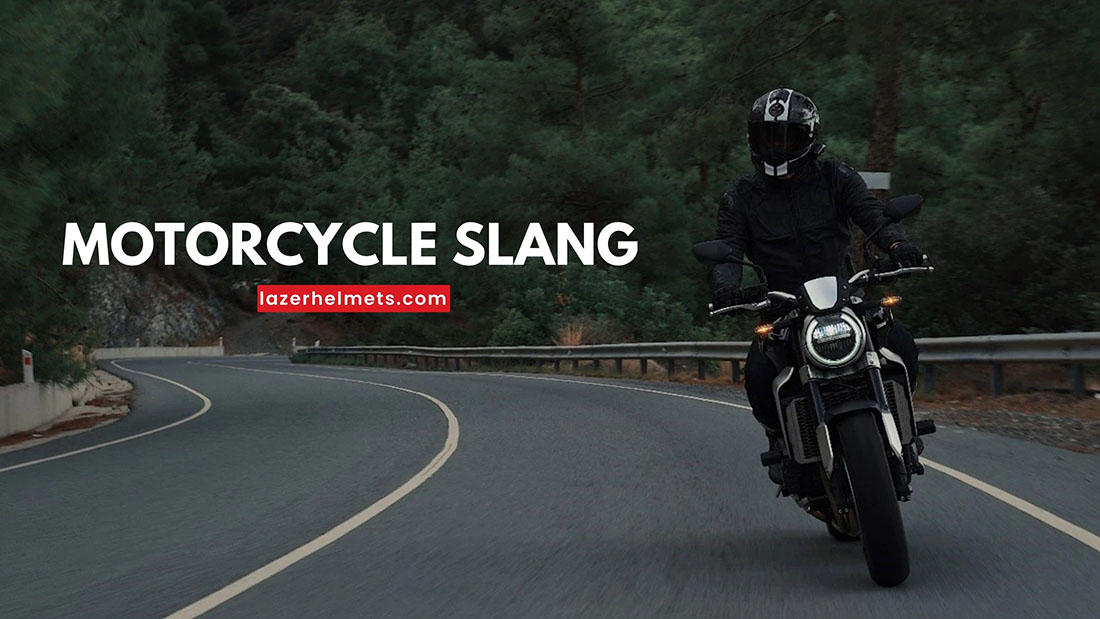As a passionate biker, you’ve probably heard varying opinions about motorcycle tire lifespan. Have you ever wondered how long those essential companions, your motorcycle tires, will stick around?
Let’s dive into the article right now to know all about tire longevity and get the lowdown on how long these round beauties will last.
Table of Contents
How Many Miles Are Motorcycle Tires Good For?
A front motorcycle tire can endure somewhere between 3,000-3,700 miles, while the rear ones can last for about 1,800 miles. It means you can use them for nearly 5 years, but the exact lifespan greatly depends on your riding style and tire types.
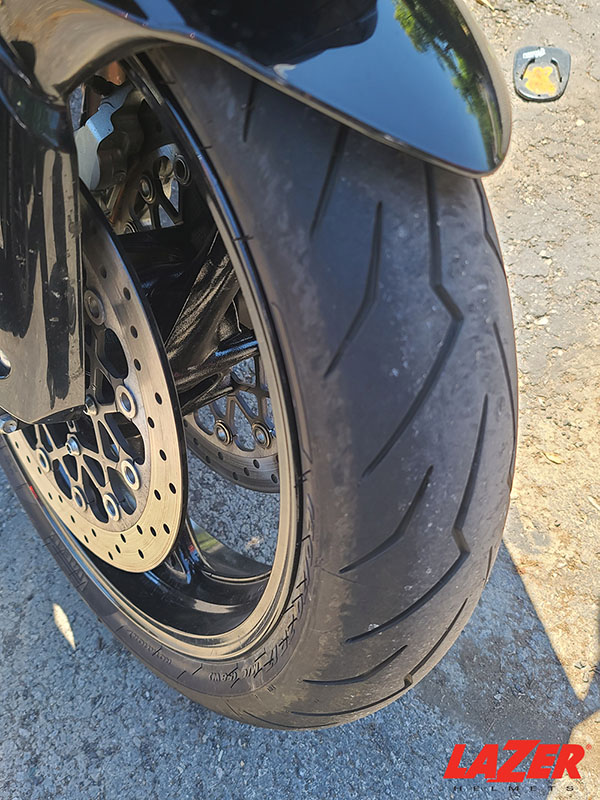
For example, high-performance street bikes burn rubber faster than any other 2-wheeler. Those tires clock about 1,500-7,000 miles before wearing. On the flip side, lighter touring bikes are gentler on their tires, making them last around 10,000-15,000 miles.
For precise details, it’s advised to refer to the motorcycle tire manufacturers’ suggestions. But if you need a short reference, here’s a quick chart of miles on motorcycle tires, based on riding styles and types of bikes.
| Riding style | Small | Average | Large, high-performance |
| Gentle | 15,000 – 20,000 | 10,000-15,000 | 5,000 – 15,000 |
| Moderate | 10,000 – 15,000 | 5,000-10,000 | 3,000 – 10,000 |
| Aggressive | 5,000 – 10,000 | 3,000 – 5,000 | 1,500 – 7,000 |
Yet, these numbers are referential. Keep in mind that many variables come into play, influencing the tire’s longevity. Those factors can be:
- Tire quality: The better the tire’s performance, the fewer miles it tends to cover. That’s why touring tires outlast those super high-performance racing ones.
- Motorcycle type and performance: This major factor messes with motorcycle tire life. The zippier your bike’s engine, the less mileage those tires will give you. And if your ride is on the heavy side or carries a trailer, your tires are in for a shorter life.
- Riding style: The more harsh you ride, the faster tire wear. You could burn through sports tires in a single track day. But if you take it easy, those same tires could last a whole riding season!
- Weather conditions: Hotter weather means hotter roads, which can trim tire life. Hot roads equal better grip – it’s a trade-off, after all.
- Road surface: Don’t forget to consider this factor. Groovy concrete and rugged chip seal roads will likely gobble rubber compounds in a hurry.
Is There an Expiry Date for Motorcycle Tires?
Yes, just like any item, motorcycle tires come with an expiration date. Even if your tires have some killer tread depth left, experts suggest waving them goodbye after around six years.
Rubber tends to age, even if you’re not making hot asphalt daily. Heat, sunlight, and moisture are the culprits behind this aging process. So, remember, just because your tires look alright doesn’t mean they’re immune to the passage of time.
When To Change Motorcycle Tires? 7 Signs
Reach The Tread Wear Limit
Tread depth is like a tire’s fingerprint – unique to each one and critical for traction. You can easily catch sight of the wear indicator on your tires, which is typically a triangle on the side.
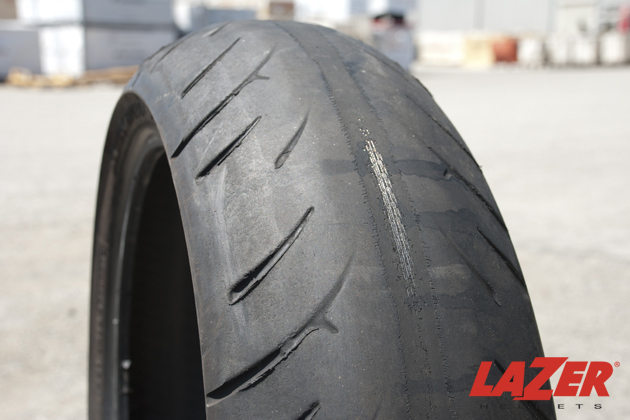
When the rubber wears down to these spots, your tire’s hitting the “2/32nds” (or 1.6mm) mark – that’s the legal wear limit. They’re giving you a heads-up to change those tires before it gets there. Because once you cross the minimum tread depth, your tires might not be your trusty sidekicks anymore.
To check your tread depth, try the classic penny test. It can help you figure out if your tread depth is still working. Pop a penny into the tread groove, and if you can see all of Lincoln’s head, it’s time to think about new tires.
Defects (Bumps, Dents)
Regarding motorcycles, visual checks for tire defects are easier than for cars. If you see any bumps or dents on the tire wall or even the tread pattern, it’s a red flag that the tire might not be up to the task.
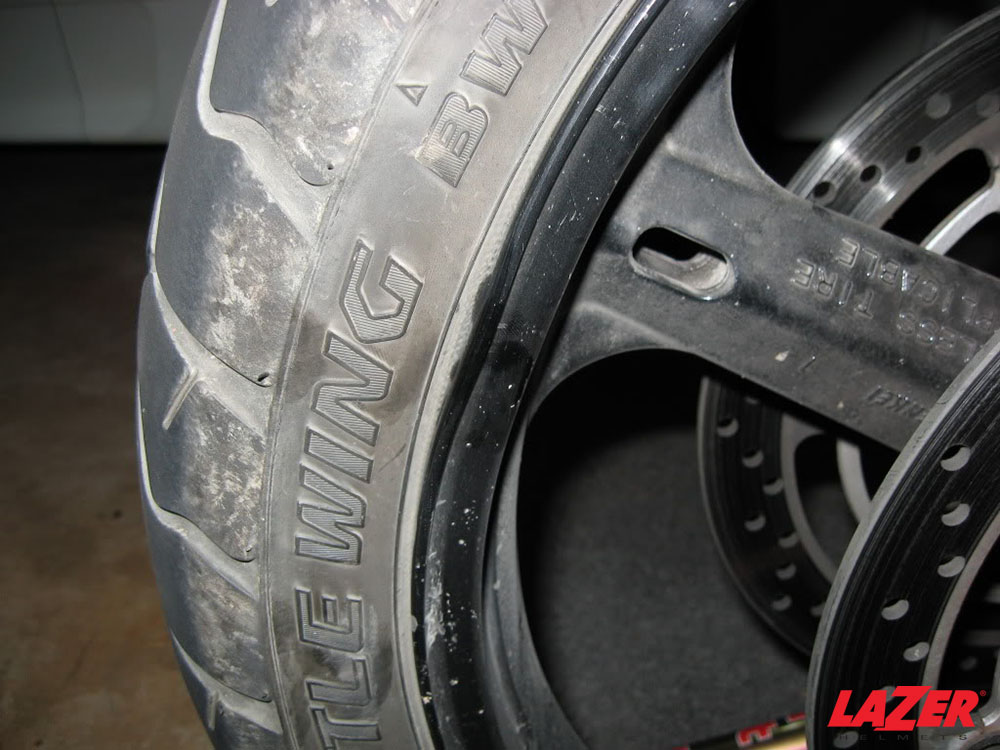
Giving the tire a feel with your hand can tell you if something feels off or doesn’t match the tire’s usual shape.
When you’re out riding, you might sense some vibrations, pulsations, or maybe your handling’s acting a bit wonky – making you veer one way or the other. These could all be signs of a tire defect. In that case, it’s time to hit up a mechanic and get those tires checked out.
Uneven Tread Wear
When your tire treads wear out excessively or unevenly, that’s a signal it’s time to invest in new tires.
Sometimes, uneven tread wear isn’t noticeable, making it hard to spot the issue. Keep an eye on the tire wear indicator’s tread depth – it’s a fast way to catch this problem. Uneven wear causes the wear indicator to become level with other tire parts.
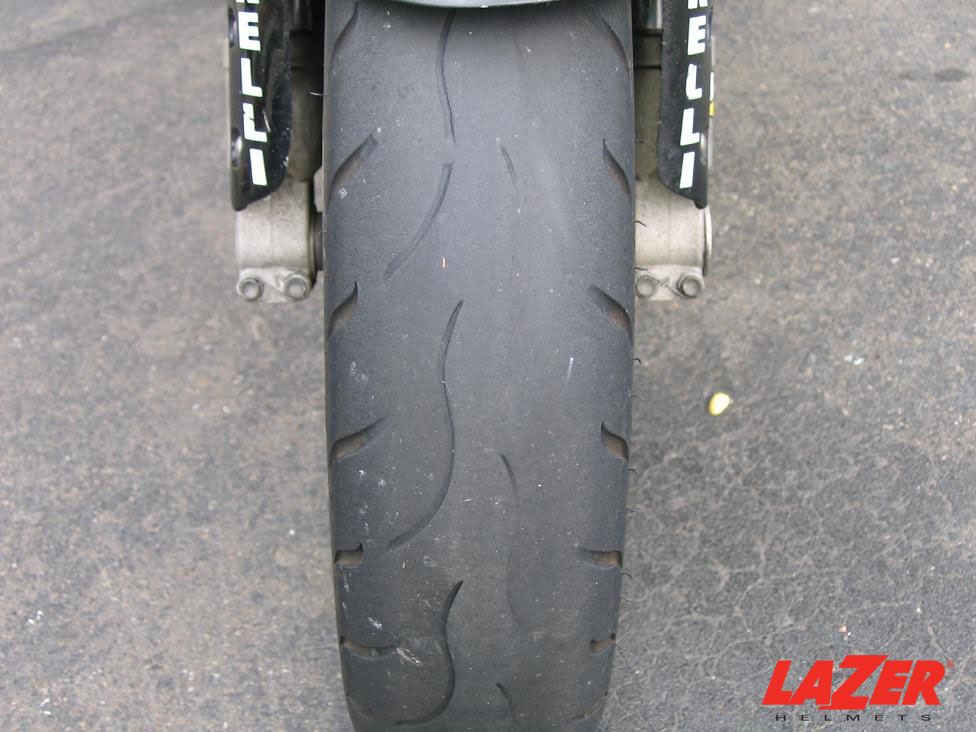
Plus, this factor can mess with your tire’s shape. Typically, this kind of wear kicks off from the center of the tire. If you’re dealing with suspension problems, unbalanced tire pressure, or wonky alignment, that’s often the root cause of this tire trouble.
Once you spot this sign, it’s time to treat your motorcycle to a fresh, high-quality set of tires.
Age
Tires age through oxidation – a process where air oxygen reacts with rubber compounds, making them harden. This makes them brittle and susceptible to cracks and damage.
Normally, motorcycle tire oxidation takes its time. Yet, heat, sunlight, and even concrete can speed it up. Parking in a cooler spot can help extend tire life, and moving your bike around prevents flat spots.
The aging speed can vary, but a general rule is to swap tires after 5 years, regardless of how good they seem.
To figure out your tire’s age, it’s pretty simple. Look on the sidewall for the 4-digit code on the tire. The first two are the week of production, and the last two are the year.
For instance, if you see “1720,” that means the tire was made in the 17th week of 2020, around the beginning of May.
Cupped/Scalped
When you spot cupping (or scalping) on your motorcycle tires, it clearly shows they need replacing. This issue affects the front tire more, but the rear tire isn’t immune.
Cupping often points to loose or worn-out suspensions and imbalances in the tires. Poor tire quality can contribute too. If your bike’s vibrating and feeling shaky, it’s worth checking your tires.
Remember, cupping strips the grip of your tire on the road, leading to sliding on wet surfaces and potential accidents.
Loss of Tire Pressure
While cruising, you might pick up on your tires, losing air and affecting your bike’s behavior.
Still, it’s smart to stay in the habit of checking your tire pressure regularly. That way, you’re on the ball. If no punctures are in sight, it could signal that the tire bead is worn, which means it’s time for a fresh tire.
Cuts/Punctures
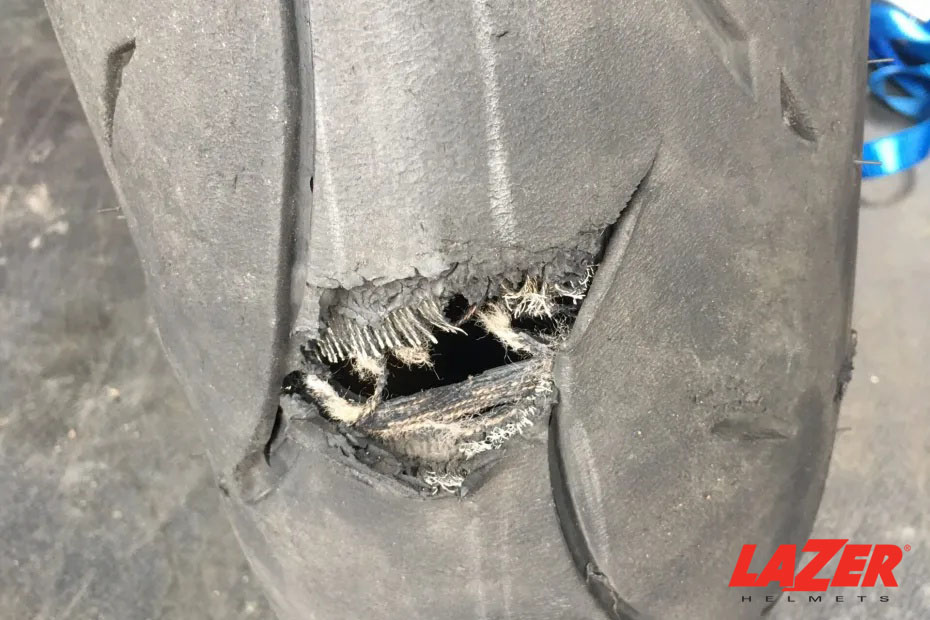
Even the tiniest punctures and cuts hint it’s time to swap your bike tires.
These small issues can grow as you ride, upping the risk of serious accidents. While tire repair might work sometimes, it’s not the best bet. For lasting safety, go for a new tire.
Nails and such are the usual culprits behind these issues. Regularly check your tires to dodge these problems. And remember, too much pressure can lead to bursts and punctures.
These cuts mess up the tire’s contact with the road, messing with your ride.
Should I Change Both Tires?
“100% yes, even when one tire is worn out and the other still looks ready to roll for a few more miles. The consensus among the tire whisperers is that changing both tires is usually the way to go. Mismatched tires can take a toll on your handling and safety” – Said by Robert, wheels & tires expert at COR Wheels
Tips To Extend Motorcycle Tire Lifespan
A tire life depends on how we ride and take care of them. Treating them right means they’ll give you their A-game on the road.
Here are some easy-breezy tips to stretch out your motorcycle tire’s lifespan.
- Keep the air pressure in check. It’s like giving your tires a solid high-five for lasting longer.
- Give your tire tread some care. A quick review keeps you in the loop about how your tires are holding up.
- Easy on the throttle. Aggressive riding might feel cool, but it’s not cool for your tires – or you, for that matter.
- When you’re not out cruising, find your bike in a shady spot, keeping them from getting too toasty and developing cracks.
- When it’s time to clean up, go mild. Soap and water do the trick without messing up the rubber’s natural mojo.
Conclusion
So, fellow riders, your motorcycle tire lifespan is as unique as your ride. From tread depth to tire age, maintenance is your ticket to a safe journey. While the numbers matter, trust your rider’s instincts, keep the rubber down, and let those tires guide you through endless road adventures. Enjoy the ride!
See more:

